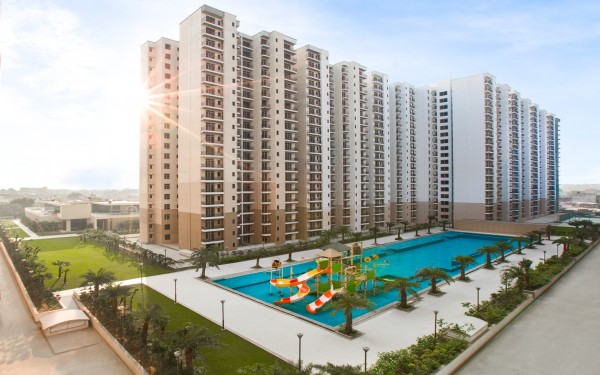The introduction of GST was an attempt at a unified tax regime. While the previously prevalent tax regime levied several taxes on real estate purchases, GST has simplified the system. It has had an undeniable impact on the real estate market, but has this impact been positive? What does it mean for homebuyers?
This article aims to answer these questions for you.
What has changed?
The following table presents the new GST rates for residential real estate that came into effect on 1st April 2019 compared to those levied up till 31st March 2019.
| Type of residential real estate property | GST Rate (till 31st March 2019) | GST Rate (from 1st April 2019) |
| Affordable housing segment | 8% with Input Tax Credit (ITC) | 1% without ITC |
| Non-affordable housing segment | 12% with ITC | 5% without ITC |
How does the GST Council define the affordable housing segment?
Residential properties having a carpet area of 60 square meters in metropolitan cities, 90 square meters in non-metropolitan cities, and have a value of up to Rs 45 lakh in both are included in affordable properties.
How the change affected real estate?
- A decreased cost of construction for developers
The cost of construction for real estate developers decreased because of the introduction of GST as it subsumed multiple other taxes under the same tax. The result of this was positive for the developers as the margins between cost and selling price increased. Another added benefit was the reduction in the cost of logistics.
Furthermore, as the construction costs for the buyers have increased, consumer preference has shifted to already constructed properties. The result is a direct benefit for developers.
- More transparency
The new regime means more transparency and accountability for the real estate agents and everyone else involved. The result is an increase in buyer faith which has proved to be beneficial for the industry.
- Benefits for the rental market
The rental real estate market benefitted and gained considerable popularity. The change resulted from GST exemption on residential properties used for rental purposes and an 18% GST on maintenance charges subject to exceeding Rs. 7500 per month for each member.
How the change affected homebuyers?
- An increased cost of construction for buyers
Since GST was an addition to the already existing construction taxes and other charges, the overall cost of construction has increased. The initial result of this was a decline in buyer interest; however, that has subsequently changed.
- Benefits for the buyers of affordable housing
For the properties that fall under affordable housing, the buyers stand to benefit under the new regime compared to the old. The drop in taxes for affordable housing was the most significant change. The decline in the costs will have a considerable effect on the buyers.
- Benefits for the buyers of non-affordable housing
While not as significant as in affordable housing, the overall costs of non-affordable housing have decreased. The new regime thus proves beneficial to homebuyers and has affected an increase in sales.
- Inclination towards constructed properties
As the cost of construction and under-construction properties rose, the immediate impact of GST was for homebuyers to prefer already constructed properties as they proved to be more affordable. However, the ratio of people choosing the latter over the former has shifted since the tilt remains. The new GST regime may have a few drawbacks, but overall, it has proved beneficial for the real estate market, the developers, and the homebuyers. Buyers should always make their real estate choices with care, and finding a trustworthy developer is the first step. The Omaxe Group has been around for the last three decades and is one of the top builders in India.



4 Comments
Comments are closed.